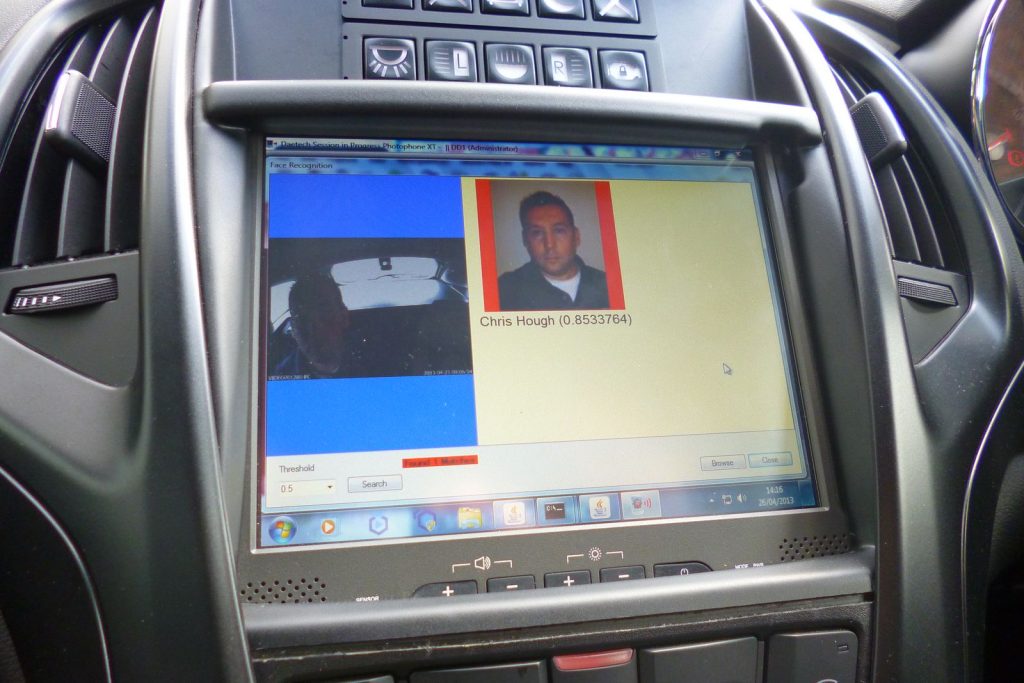Imagine a world where police vehicles are no longer just a means of transportation but fully integrated command centers capable of conducting comprehensive digital forensic investigations on the go. This vision is closer to reality thanks to an ambitious project spearheaded by the government’s Center of Applied Science & Technology (CAST) and the ACPO ITS.
This initiative, a groundbreaking competition, challenged vehicle manufacturers and technology partners to design a “one box solution”—a sophisticated, all-in-one toolkit for the police force of the future.
The One Box Solution: An Overview
The core idea behind the one-box solution is to equip police vehicles with advanced operational tools that enhance their capabilities in real-time scenarios. This state-of-the-art integration aims to provide law enforcement officers with the following key features:
- CCTV and Facial Recognition: High-definition cameras and facial recognition software for instant identification and tracking.
- Digital Evidence Retrieval: Tools to collect, analyze, and store digital evidence efficiently.
- Advanced Mapping: Real-time, detailed mapping systems for navigation and tactical planning.
- Comprehensive Communications Suite: Seamless communication across various platforms, including Wi-Fi, 4G, 3G, and Satellite Communication.
This initiative represents a monumental leap forward in digital forensic investigation and forensic technology, promising to transform how police work is conducted in the digital age.

The Power of Digital Forensics in Modern Policing
Digital forensics, the process of uncovering and interpreting electronic data, plays a crucial role in solving crimes today. The proliferation of digital devices means that a significant amount of evidence in modern investigations is digital.
From smartphones and computers to smart home devices and vehicle telematics, digital footprints can provide critical leads and evidence in criminal cases.
Key Aspects of Digital Forensic Investigation
- Data Collection: The initial step involves identifying and gathering potential digital evidence. This could range from text messages and emails to GPS data and social media activity.
- Data Analysis: Once collected, the data is meticulously analyzed using specialized software to uncover hidden information, patterns, and connections that might be relevant to the investigation.
- Data Preservation: Ensuring that the integrity of the digital evidence is maintained is paramount. This means implementing measures to prevent tampering or corruption of data.
- Reporting and Presentation: Finally, the findings from the digital forensic analysis must be compiled into a report that can be used in court. This involves presenting the evidence in a clear, understandable manner.
Forensic Technology in the One-Box Solution
CCTV and Facial Recognition
One of the most compelling features of the one-box solution is its integration of CCTV and facial recognition technology. This allows for real-time surveillance and identification of suspects.
The high-definition cameras provide clear footage, which can be analyzed on the spot using facial recognition algorithms to match faces against a database of known individuals.
Digital Evidence Retrieval
The digital evidence retrieval system embedded in these vehicles is designed to be robust and versatile. It can extract data from various devices, including mobile phones, laptops, and even smartwatches. This capability is crucial in a world where criminals increasingly rely on digital means to communicate and plan their activities.
Advanced Mapping
Having an advanced mapping system means that police officers can navigate through cities and rural areas with greater precision. This system is not only useful for tracking movements but also for coordinating large-scale operations, planning tactical interventions, and ensuring efficient route planning.
Full Suite of Communications
Effective communication is the backbone of any successful police operation. The one-box solution ensures that officers can stay connected across multiple platforms, whether they are using Wi-Fi, 4G, 3G, or Satcom. This ensures uninterrupted communication even in remote or challenging environments, enabling coordinated responses and rapid information sharing.
The Impact on Law Enforcement
The implementation of such an integrated system is set to revolutionize law enforcement in several ways:
Enhanced Efficiency
With all essential tools at their fingertips, police officers can respond to incidents more swiftly and effectively. The ability to conduct on-the-spot digital forensic investigations means that critical evidence can be secured and analyzed immediately, speeding up the investigative process.
Improved Safety
Advanced surveillance and communication tools enhance the safety of both officers and the public. Real-time data and situational awareness allow for better decision-making and risk management during operations.
Increased Accountability
The integration of technologies such as CCTV and digital evidence retrieval promotes transparency and accountability within the police force. It ensures that all actions are recorded and that evidence handling follows strict protocols, reducing the risk of corruption and malpractice.
Future-Proofing Policing
As technology continues to evolve, the one-box solution provides a scalable and adaptable framework that can incorporate new advancements. This ensures that police forces remain equipped to handle the challenges of tomorrow’s digital landscape.
Conclusion
The collaboration between CAST and ACPO ITS, through their innovative one-box solution competition, marks a significant step towards the future of policing. By integrating cutting-edge digital forensic technology into police vehicles, this initiative not only enhances the capabilities of law enforcement officers but also sets a new standard for efficiency, safety, and accountability in modern policing. As these advanced vehicles become a common sight on our streets, the era of digitally empowered law enforcement is set to begin, promising a safer and more secure society.

